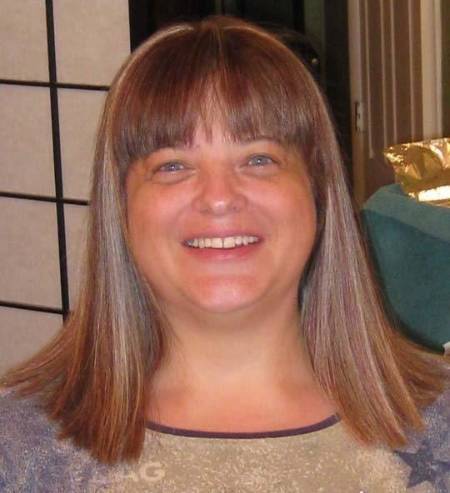Awkwardness Of Disability

The IDASL program has trained students on addressing disability issues since 2001. In 2017, it is getting a new advisor. While new to the program, Mary Ellen Heiner has long been dedicated to its mission of bringing people with and without disabilities together to find solutions to disability issues. Her biggest message to class participants: “We’re people. We’re just like them.” The IDASL (Interdisciplinary Disability Awareness and Service Learning) class is a two-semester, one- to three-credit course available to juniors, seniors and graduate students of all disciplines. The number of credits available depends on the student’s level of involvement. Heiner has an insider’s view of disability, after years of using braces and crutches, followed by years of using a wheelchair. She has felt the self-consciousness of switching to a wheelchair; a change that happened when the braces broke and she was told it would take four or five weeks to fix them. She tried the wheelchair and made a surprising discovery: “It was the most freeing, liberating move I’ve ever made.” She could go much greater distances in the wheelchair. Her body got more exercise. “During the summers when the weather is good, I go up to five miles in my wheelchair on campus. It’s exhilarating.” But she also noticed something else. “When I go across campus, people will veer out way around me, and I know it’s because they’re uncomfortable being around someone with a disability.” Her goal is to help people get past that discomfort and work toward more understanding. “What is easy for people without disabilities is not easy for a person with a disability,” she said. She hopes people from all fields of study will learn more empathy and find ways to make life more accessible. Wouldn’t it be great if a clothing designer made clothes that worked better with crutches? (People who use crutches bend forward a lot, so dresses are often too long in front, too short in back.) Wheelchair users struggle to keep clothes tucked in, and it’s hard to keep clothes clean near the wheels. It would be wonderful if a designer could help with those issues. And even with accessible building requirements, Heiner said she’d love it if architects worked with people who had several types of disabilities to get a feel for how they interact with the physical space. Heiner’s vision is to bring people together so that they can talk comfortably about the issues that face them. It includes helping people with disabilities to communicate in a way that helps others get over that initial hesitation. “They can see both sides of the coin. They can understand what they need to change in themselves to be more approachable to people without disabilities.” Heiner is often asked if she wants a push in her wheelchair. Since she’s trying to get exercise, she usually says no. “I think it’s wonderful that they ask,” she said. “The person with a disability shouldn’t be offended that they ask.” Sometimes, if it’s icy when she’s transferring from the wheelchair to the car, she does say yes because she doesn’t want the chair sliding out from under her. And sometimes a push is nice if she’s using her wheelchair on a steep incline. She hopes to guide people with and without disabilities over the awkwardness that happens even to well-meaning people. She also hopes to help them deal with deliberate unkindness. If people with disabilities are called names, it’s hurtful—but the response is still important, she said. “If you turn around and talk to them, they respect you for that. … I would hope that they would approach it like, ‘Can I work with you on this?’ rather than, ‘It’s my way or the highway.’ We have to be as forgiving as we expect people without disabilities to be.” For more information on the IDASL class, visit the CPD website.

